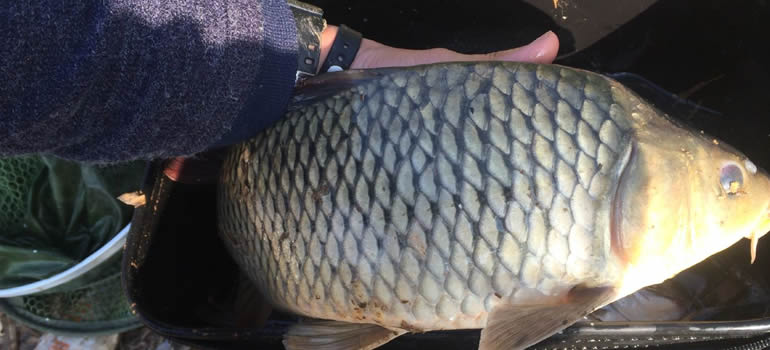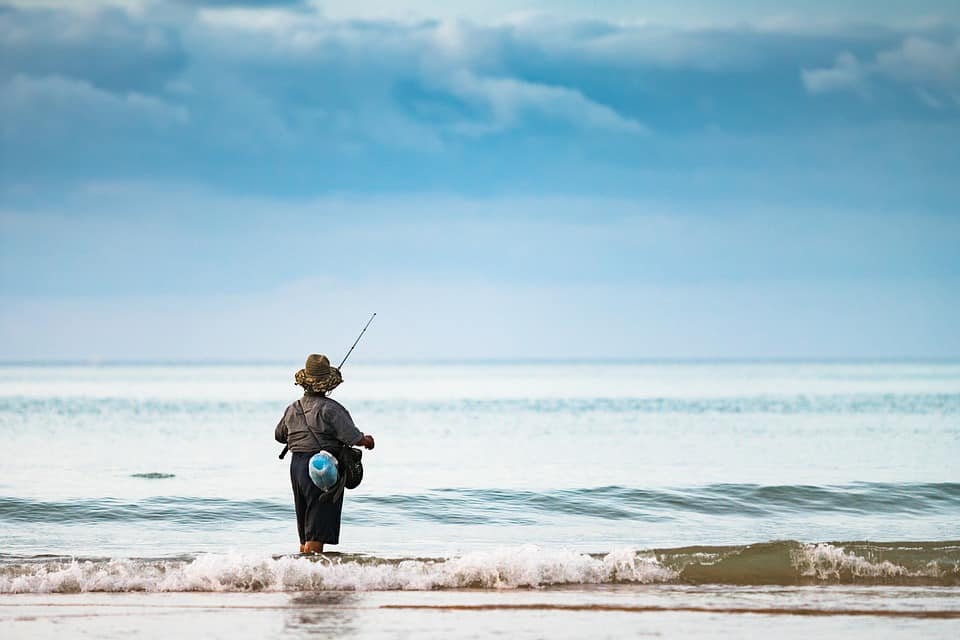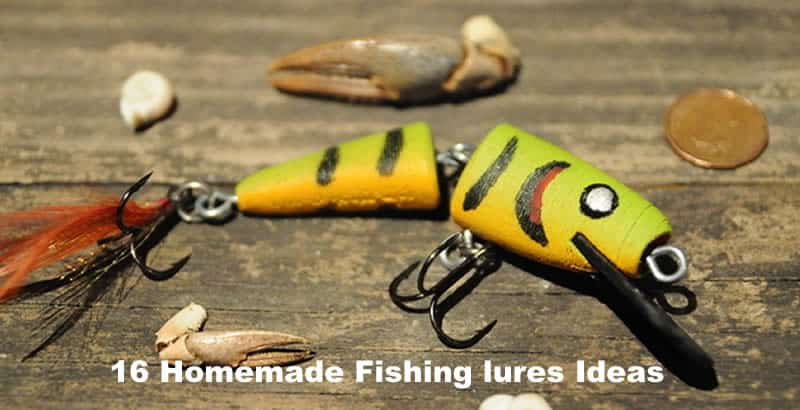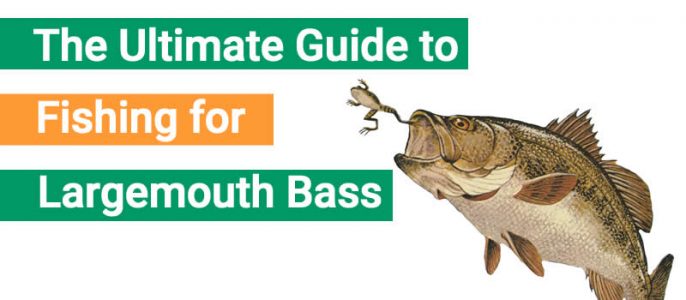If you buy via a link on this page, we may receive a commission, at no extra cost to you.Learn more

Fishing is an amazing pastime that individuals across all countries around the world enjoy. Of course, many fish for fun, but it also can be a great way to get quality food for free. While many ocean and lake fish can be eaten, you may want to learn more about the various preparation methods and what to look out for when eating your catch.
Can you eat carp? Carp can be eaten, but they are not popular to eat, due to their negative reputation as a trash-eating bottom feeder. However, they can be eaten safely and, if prepared properly, they can even have a pleasant taste.
Around the world, carp are a major staple in many diets, but Americans tend to shy away from fish. If you catch the fish in the wild, you may have to put even further thought into the preparation process. However, many fish markets offer them, and these can be relatively safe, yet many claim the carp has a fishy, musky flavor that is not palatable. So, which is it?
Understanding Carp
The best place to start when it comes to preparing your fish is learning a little more about it. Carp are actually native to Asia and some parts of Europe but have been introduced in many water sources across most of the world. They are great breeders and can live in practically any ecosystem available. While their ability to thrive is good for the species, it is problematic in the United States.
In Asian countries, carp is seen as a primary food fish and is regularly eaten by many. In Europe, fishing for carp is a big sport and holds a lot of value. Also, European fishermen eat fish regularly, and many dishes are based around carp as the protein.
However, due to their mass abundance in the U.S., fishermen here do not grant much merit to the fish. They have very little sporting value and are even further down the list of fish chosen for food purposes. While this has been the case for many years, education about the fish can better change this and allow us to start using this resource.
How to Catch Carp
Carp are large, relatively slower fish, but they can be challenging to catch. They spend a lot of their time roaming the bottoms of lakes or water sources, due to their sucker-type mouths. They are known for gently striking the bait multiple times before actually striking and being able to be caught.
If you are interested in catching carp, there are a few things to keep in mind:
- Always be patient – Carp are not fast-catching fish, and having a successful day takes a lot of patience. Since carp do take time to strike bait, you need to be patient to ensure that you get a good hook on the fish. They can also swallow the bait and hooks easily, which makes having a hook remover with you beneficial.
- Choose a good hook color – When you are fishing for carp, it is best to opt for a matte black colored hook. If you are using corn as bait (which we will discuss) you should use a yellow or gold hook. Also, if the lake or water source you are fishing in is murky, you should never use a shiny hook as the fish may shy away.
- Fish near ducks or geese – If you are fishing in an area that has ducks or geese, you will want to fish near the birds. While you should avoid disturbing the birds, carp are known for following ducks and geese, especially if they are commonly fed by visitors. This is simply because carp love bread and enjoy catching the leftovers from the ducks.
- Try using corn as bait – Corn is a relatively easy bait to get your hands on and a great option for carp. They are attracted to the color, texture, and flavor of corn. To make things even easier, grab a can of sweet corn off the shelf and don’t even bother with corn off the cob.
What Does Carp Taste Like?
The taste of carp is actually similar to Salmon and can be delicious when prepared correctly. Carp is an oily fish, which can affect the overall taste of the dish. Some have said that these fish have a muddy taste, but that can completely be avoided when you handle them properly.
The muddy taste that many experiences from carp are because of a stress reaction the fish has, which many fish actually experience. The oily muscle in the fish makes it a great fish for a fish fry.
How to Get the Best Taste from a Carp
The way you handle a carp will affect its overall flavor. Here are some tips:
- Ice them immediately after you catch them. The biggest secret and factor when it comes to avoiding this muddy or overly fishy taste is to put them straight on ice or an ice mix after being caught. Having the fish on ice will avoid an excess of blood flow into the rib meat and will help preserve the flavor.
- Don’t cook the bloodline. They do have a bloodline, which should not be cooked, and cooking the fish without removing this can increase the muddy flavor. Remove it before cooking.
- Fish in clean water. If you want to catch a cleaner fish, it should from as clean of a water source as possible.
Carp rely heavily on the vegetation in the area they are located, which means they can be susceptible to pollution in the area. An excess of pollution can affect the quality of the meat.
Preparing Carp Fillets
A huge part of ensuring you have tasty fish is to prepare it properly. While you may have filleted fish in the past, there are some special precautions you need to make when it comes to preparing your carp. Follow these simple steps, and you can get flaky, delicious fish
- Step 1 – Clean any slime, water, or muck off of the fish to start.
- Step 2 – Descaling is tedious and not really worth it, skinning the fish is a quicker route. The scales and skin are tough, making skinning a little challenging. You should start at the top of the tail and follow the backbone from the tail to the skull to free the skin.
- Step 3 – After this initial cut, make another cut along the belly to free the skin and begin removing it starting near the tail using pliers. Keep a knife in your hand to cut any meat that may be sticking to the skin away.
- Step 4 – To cut your now-skinned fish into fillets, you will start at the backbone and work to the belly, running your knife along the ribs. If you have filleted other fish, you separate at the head and tail as per usual.
- Step 5 – You will notice the fillets have a bloodline, which should be removed before cooking. Also, in this area, you will find Y bones as a salmon or trout have. You can limit your meat by removing them, but this does make the eating process easier.
- Step 6 – It is not beneficial to soak the meat as many do with other fish species as carp flavor will not change. If you need a few minutes before cooking, put the fillets back on ice. It is best to cook ASAP.
Tips for Cooking Carp
There are a few key methods when it comes to cooking carp, but the biggest factor is first to guarantee that you start with a good fillet following our previously mentioned method. You can deep fry, grill, or pan-fry the fish, depending on what your preferences are. The easiest method and most common option are usually a simple pan-fry.
Here are a few tips for properly preparing your cooked carp:
- Carp can be baked for a healthier option, but temperature can be an issue here. The other methods allow you to watch the fish, and you can remove it when cooked through, but baking should be monitored as well.
- To keep the fish moist, you want to have good control over the temperature, cook it thoroughly, and avoid overcooking, which can be easy.
- You can really season carp however you see fit, but the flavor is delicate, and many go lighter on these seasonings. If you are just starting out cooking carp, you can go as light as a simple salt and pepper mix. However, if you have a favorite recipe for fish flavorings, you can always try these on the carp.
- If you are going to fry the fish, you can always give it a quick dredge in some flour for a crispier taste. The added natural oil of the fish can let you add little flour and still have great fried fish.
In Conclusion
Don’t be swayed by all of the negative talks about carp. Give it a try, and you may find out you enjoy it. If you do like the flavor, there is no shortage of carp out there!




